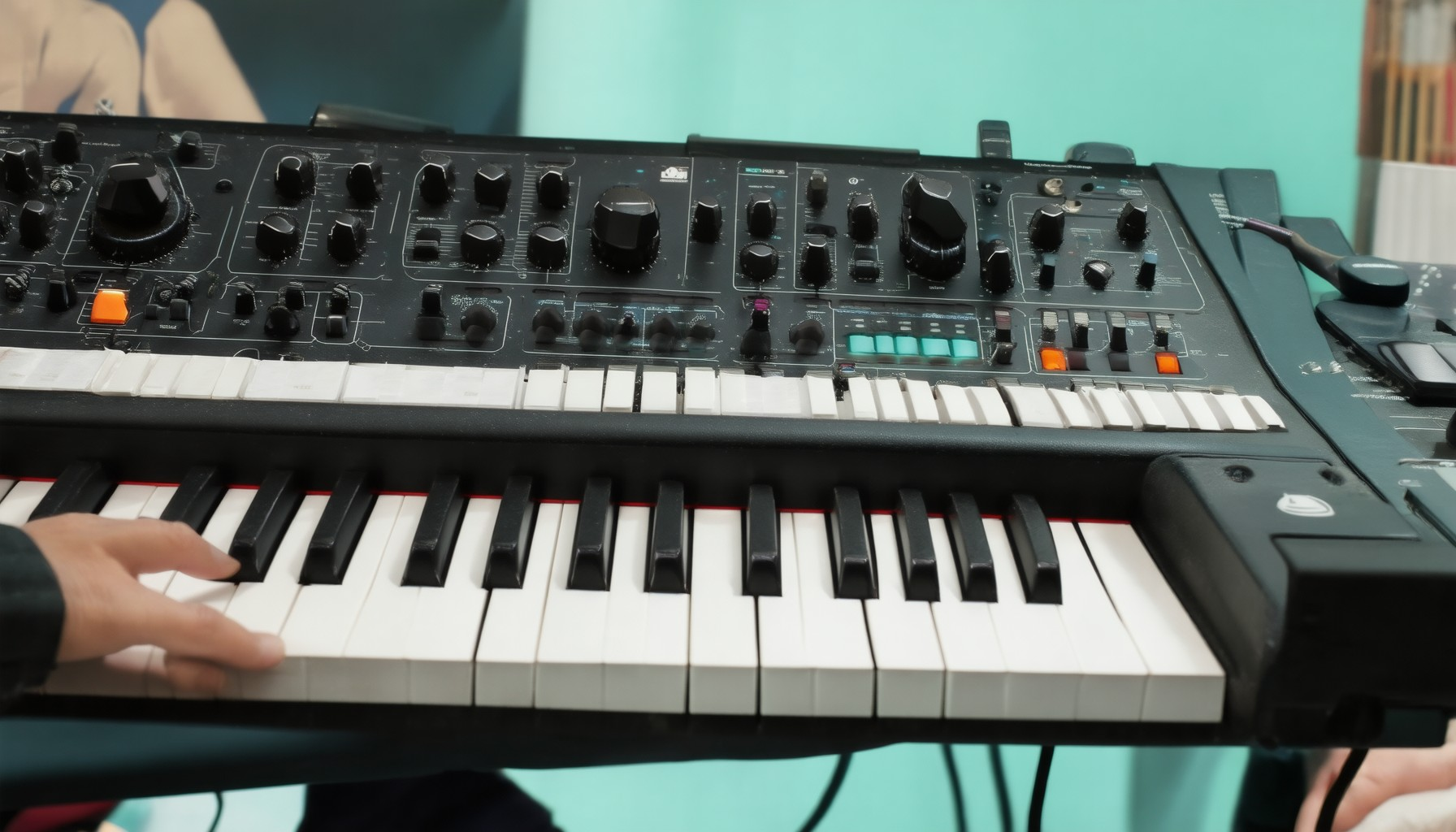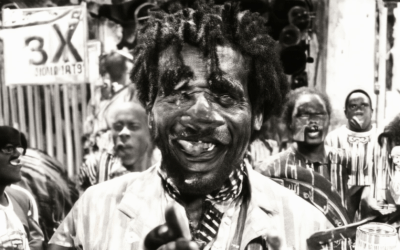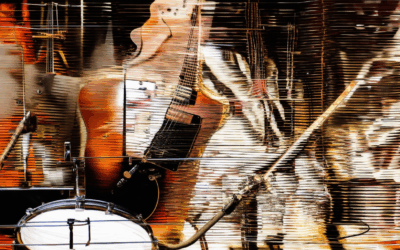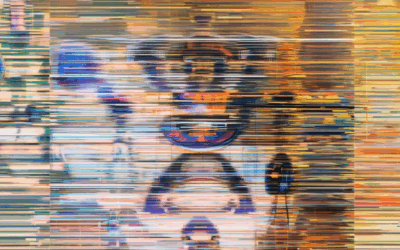Are you ready to dive into the heart of funk music’s rhythmic magic? Funk, with its sultry grooves and soulful essence, has captivated musicians worldwide, and mastering its keyboard techniques can elevate your playing to new heights. Whether you’re a seasoned pro or a curious newcomer, this guide will walk you through the ins and outs of funk music keyboard techniques, offering tips, tricks, and strategies to help you groove like never before. From understanding the core elements of funk to exploring essential chord structures and improvisational methods, this article is designed to empower you with the tools you need to master the art of funk on the keys. So, let’s get started and uncover how to craft those signature funk sounds that audiences simply can’t resist!
Key Takeaways
- Funk Chord Types: Master major 7th, minor 7th, diminished, and augmented chords to create the distinct sounds integral to funk music.
- Chord Extensions: Incorporate added 6ths and 9ths to enhance harmonic depth and achieve the rich, full sound characteristic of funk.
- Chord Playing Tips: Focus on steady rhythm, practice essential patterns, and study classic tracks to perfect your funk chord technique.
- Keyboard Techniques: Employ syncopated chords, ghost notes, slapping, and hammering to create dynamic and textured performances.
- Blues and Jazz Integration: Use the blues scale and jazz chorales to infuse your playing with expressive solos and harmonious depth.
- Improvisational Mastery: Develop soloing skills and engage in call-and-response patterns to authentically capture the funk music vibe.
- Rhythmic Precision: Design intricate left-hand patterns and complementary right-hand melodies to drive the driving funk groove.

Funk Music: Key Features and Characteristics
Funk music is a genre characterized by its unique blend of rhythms, melodies, and lyrical content. Below are the key features that define funk music:
1. Rhythmic Elements
- Syncopation: A prominent feature of funk music, syncopation involves the use of off-beat rhythms and irregular timing, often emphasizing the sixth note in a bar.
- Downbeat Groove: Funk music typically features a strong, driving downbeat that is supported by a steady bassline and snare drum hits, creating a hypnotic and danceable rhythm.
- Sixteenth Note Grooves: Many funk tracks incorporate intricate sixteenth note patterns, which add complexity and energy to the music.
2. Melodic Components
- Chromaticism: Funk musicians often use chromatic scales and diminished intervals to create melodic interest and a sense of movement.
- Blue Notes and Seventh Chords: The use of blue notes (e.g., Bb, Cb) and seventh chords is common in funk music, giving it a soulful and emotional edge.
- Call-and-Response Patterns: Funk music frequently employs call-and-response patterns between instruments, creating a sense of interaction and community among the musicians.
3. Lyrical Themes
- Social Commentary: Funk lyrics often address social issues, political corruption, and societal problems, reflecting the struggles and experiences of urban life.
- Sexual Themes: Many funk songs explore themes of love, sex, and relationships, offering a raw and unapologetic perspective on human emotions.
- Storytelling Narratives: Some funk tracks incorporate narrative elements, telling stories through their lyrics and delivery.
4. Cultural Impact
- African Influences: Funk draws heavily from African musical traditions, including polyrhythms and call-and-response patterns, which are deeply rooted in African heritage.
- Global Appeal: Funk music has gained international recognition, blending elements from various genres and cultures to create a uniquely versatile sound.
- Historical Significance: Funk played a pivotal role in the development of hip-hop, disco, and contemporary R&B, serving as a foundation for many modern music styles.
Exploring these elements allows us to appreciate the depth and diversity of funk music, a genre that continues to influence and inspire artists and audiences worldwide. To learn more about specific artists and their contributions to the genre, visit our artist profiles on Tiger Funk.
Funk Keys Explained
Funk music, characterized by its syncopated rhythms and groovy beats, often relies on specific chord progressions and keys to achieve its distinctive sound. Here’s an overview of the keys and techniques commonly used in funk:
1. Minor Scales
Funk frequently utilizes minor scales, giving it a gritty and raw feel. Common minor keys include C minor, D minor, and E minor. These scales provide a foundation for the genre’s edgier tones.
2. Power Chords
Power chords, typically E, A, D, and G, are prevalent in funk. These chords deliver a thick bass-like sound, contributing to the genre’s driving rhythm.
3. Pentatonic Scales
Pentatonic scales, which consist of five notes, are often employed. These scales, rooted in blues tradition, add a bluesy flavor to funk, enhancing its expressive qualities.
4. Chord Progressions
Funk progressions are dynamic, moving quickly through chords. They often start on a minor chord, move to a dominant 4th, and incorporate unexpected shifts for a lively feel.
5. Rhythmic Influence
The use of syncopation and offbeat rhythms in funk is supported by keys that allow for intricate interactions between instruments, such as basslines and guitar solos.
Notable Artists and Their Approach
- James Brown : Known for his deep minor chord usage, Brown’s tracks like “I Got a Feeling” showcase minor progressions.
- Prince : Utilized power chords extensively, as seen in songs like “Let’s Go Crazy,” adding to the genre’s thickness.
- Other Influences : Artists like Curtis Mayfield and The Meters contributed to the funk sound through their use of minor keys and driving rhythms.
These elements collectively contribute to the unique and danceable essence of funk music, making it a beloved genre worldwide.

What Are the Fundamentals of Funk Music?
Funk music is a genre characterized by its deep grooves, syncopated rhythms, and emphasis on basslines. Originating in African American communities in the mid-1960s, funk developed alongside other genres like soul and rock, eventually influencing countless styles from hip-hop to jazz fusion. Here are the key elements that define funk:
1. Origin and Influence
Funk emerged from the Black musical tradition, drawing from blues, gospel, and rhythm and blues (R&B). Artists like James Brown and Curtis Mayfield were instrumental in shaping the genre, incorporating a driving beat and syncopated basslines that became synonymous with funk. Brown’s work, in particular, emphasized the importance of the bassline as a central element.
2. Key Instruments
- Bass Guitar : The bassline often takes center stage in funk tracks, creating a thick, pulsating rhythm that drives the music. Artists like Bootsy Collins and George Clinton were renowned for their virtuosic bass playing.
- Drums : Funk drumming is characterized by its loose, propulsive rhythm. Drummers like Clyde Stubblefield and John Bonham are celebrated for their ability to create dynamic grooves.
- Guitar : While less prominent than the bass, guitarists often contribute to the rhythmic texture with chords and riffs that complement the bassline.
3. Notable Artists
Some of the most influential funk artists include:- James Brown : Known as the “Godfather of Funk,” Brown’s high-energy performances and innovative arrangements set the standard for the genre.- Curtis Mayfield : A pivotal figure in both funk and soul, Mayfield’s work blended social commentary with infectious grooves.- Parliament : Led by George Clinton, Parliament took funk to new heights with their sci-fi-themed concept albums and intricate arrangements.- Tower of Power : Renowned for their live performances, Tower of Power delivered powerful funk anthems that remain timeless.
4. Cultural Impact
Funk music has had a profound impact on popular culture, influencing genres from hip-hop to disco and jazz fusion. Its raw energy and social commentary resonated with audiences worldwide, fostering a sense of unity and celebration through its infectious rhythms.
5. Evolution Over Time
While traditional funk remains a cornerstone of the genre, it has evolved into hybrid forms like funk jazz and funk rock. Artists like Herbie Hancock and Red Hot Chili Peppers have expanded the boundaries of funk, incorporating elements from various genres while staying true to its core principles.
Legacy
Today, funk continues to thrive, with new generations of artists paying homage to its roots while exploring fresh sounds. Platforms like Tiger Funk celebrate this rich heritage, offering in-depth articles, artist profiles, and album reviews that highlight the evolution of funk and its enduring influence.

How to Play Funk Chords on Piano
Funk chords on piano involve a combination of root, third, fifth, and octave notes, often with added sixths and ninths to create the signature smooth and groovy sound associated with funk music. Here’s a breakdown of essential funk chords and how to play them:
- Major 7th Chord : This is one of the most common chords in funk. To play a C major 7th chord, press the following keys:
- C (root)
- E (minor third)
- G (fifth)
- C (octave)
The combination of these intervals creates a warm, harmonious sound that’s perfect for funk grooves.
- C (root)
- D♭ (minor third)
- F (fifth)
- C (octave)
This chord is often used in funk to create tension and release, giving tracks their signature feel.
- C (root)
- D♭ (minor third)
- F (diminished fifth)
This chord is compact and punchy, ideal for driving rhythms and solos.
- C (root)
- D (augmented third)
- F# (fifth)
Use this chord to create a sense of movement and progression in your playing.
- C (root)
- E (minor third)
- G (fifth)
- D# (sixth)
- C (octave)
These extensions thicken the harmony and give tracks a full, rich sound.
Practical Tips for Playing Funk Chords:
- Focus on steady rhythm playing – funk relies heavily on groove.
- Practice basic funk patterns to internalize the feel.
- Experiment with combining chords to create unique sounds.
- Listen to classic funk tracks and analyze the chord structures.
Essential Keyboard Techniques for Playing Funk Music
To master funk music on the keyboard, you need to incorporate a mix of rhythmic precision, harmonic creativity, and expressive playing. Here are the key techniques:
1. Chord Voicings and Arpeggios
- Chords : Use open chords and power chords to establish the groove. Common chords in funk include the dominant seventh (C7), diminished (Cdim), and minor (Cm) chords.
- Arpeggios : Play arpeggios to create a sense of motion and energy. Use arpeggios to emphasize the rhythm and add texture to your playing.
2. Rhythmic Patterns
- Syncopation : Play notes on strong and weak beats to create a driving rhythm. Use syncopation to emphasize the backbeat and create a sense of movement.
- Ghost Notes : Incorporate ghost notes, which are played subtly between the main chords. These notes add depth and complexity to your playing without overwhelming the rhythm.
- Hammering : Use hammering to create sharp attacks and a sense of urgency. Hammering can be used to emphasize key moments in the music.
3. Blues and Jazz Influences
- Blues Scale : Utilize the blues scale to create solos and melodies that fit the funk vibe. The blues scale is highly versatile and allows for a lot of variation.
- Jazz Chorales : Incorporate jazz chorales to add harmony and depth to your playing. Chorales can be used to create a full-sounding ensemble effect even when playing alone.
4. Dynamics and Phrasing
- Dynamics : Use dynamics to shape the emotional tone of your playing. Start softly and build up to a powerful climax, matching the energy of the track.
- Phrasing : Create phrasing that mirrors the rhythm section. Use pauses, rests, and rubato to create a sense of conversation between instruments.
5. Improvisational Skills
- Soloing : Develop the ability to solo fluidly and expressively. Use scales, arpeggios, and blues licks to create solos that fit the funk style.
- Call-and-Response Patterns : Mimic the call-and-response patterns found in funk music. Respond to the bass and drum patterns with your own melodic ideas.
6. Practical Tips
- Practice with a Metronome : Use a metronome to develop your sense of timing and rhythm.
- Study Classic Funk Riffs : Learn the iconic riffs and licks from funk legends to understand the essence of the genre.
- Listen and Analyze : Study the recordings of musicians like James Brown, George Clinton, and others to absorb the funk vibe.
By combining these techniques, you can create the driving rhythms, soulful melodies, and energetic solos that define funk music. Keep practicing, and soon you’ll be able to capture the raw energy and groove of this iconic genre.

Essential Keyboard Techniques for Playing Funk Music
Funk music is characterized by its driving rhythms, syncopated chords, and expressive melodies. Mastering these keyboard techniques will help you capture the essence of this genre.
- Syncopated Chords: Play chords with a strong, offbeat stress, creating a sense of motion and groove. This is often achieved by splitting chords into top and bottom notes with alternating hands.
- Blues Scale Utilization: The blues scale is a cornerstone of funk. Use it to create solo passages that fit the raw, emotional energy of the genre.
- Ghost Notes: Incorporate subtle, almost imperceptible notes between chords to add texture and depth without overshadowing the main melody.
- Slapping and Popping: Apply quick, staccato attacks on the keys to mimic the percussive style of funk basslines, creating a driving low-end sound.
- Hammering: Use repeated, forceful attacks on specific notes to emphasize rhythm and add intensity to your playing.
- Rhythmic Patterns: Develop intricate patterns in your left hand for chords and basslines, while allowing your right hand to play melodic phrases that complement the groove.
- Dynamics and Articulation: Control your touch dynamics to create contrasts between soft and loud playing, adding emotional expression to your performance.
These techniques, combined with a solid understanding of funk’s musical structure, will help you craft authentic and engaging funk grooves. Explore more resources on Tiger Funk to delve deeper into the genre’s rich history and innovative techniques.





0 Comments